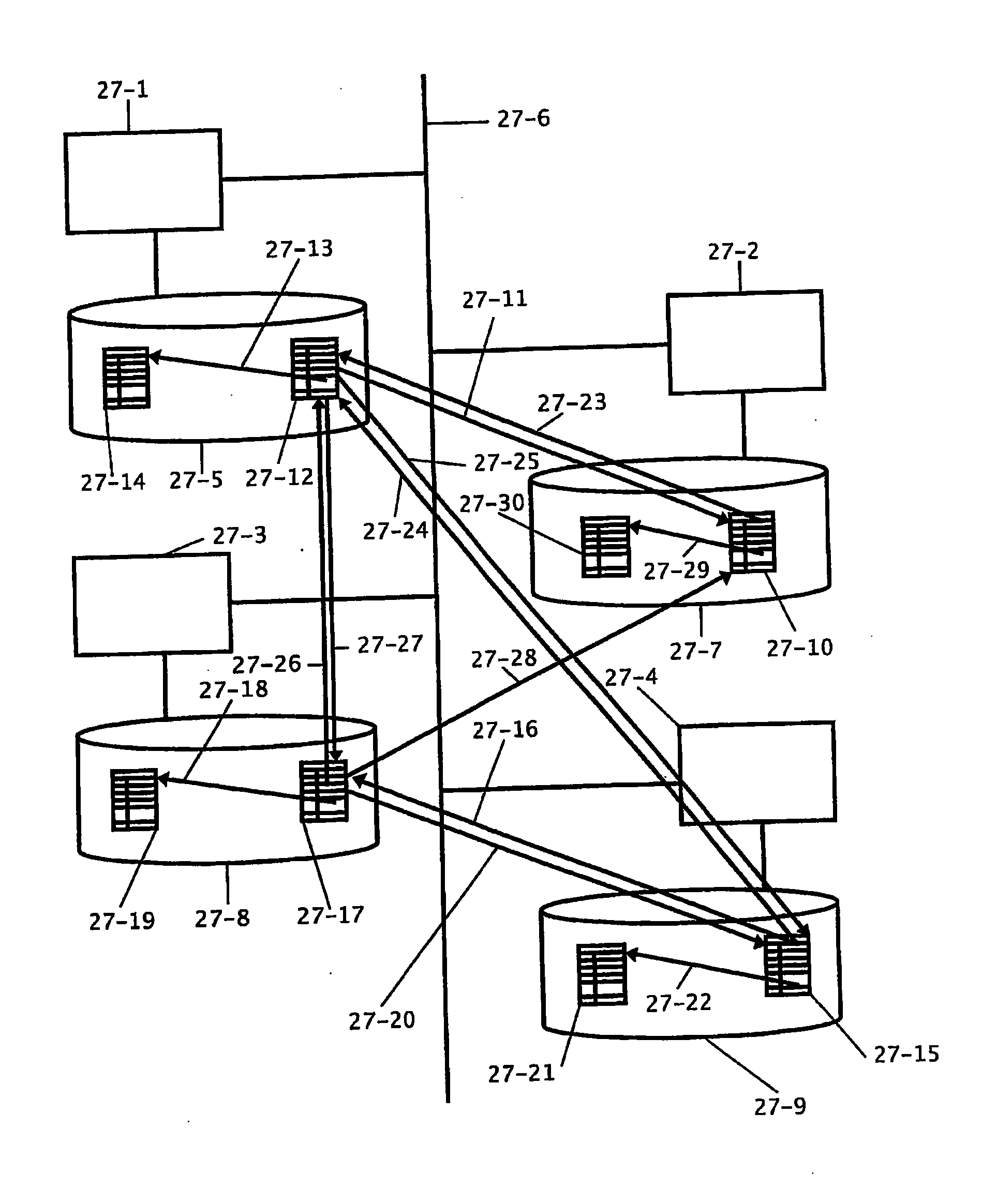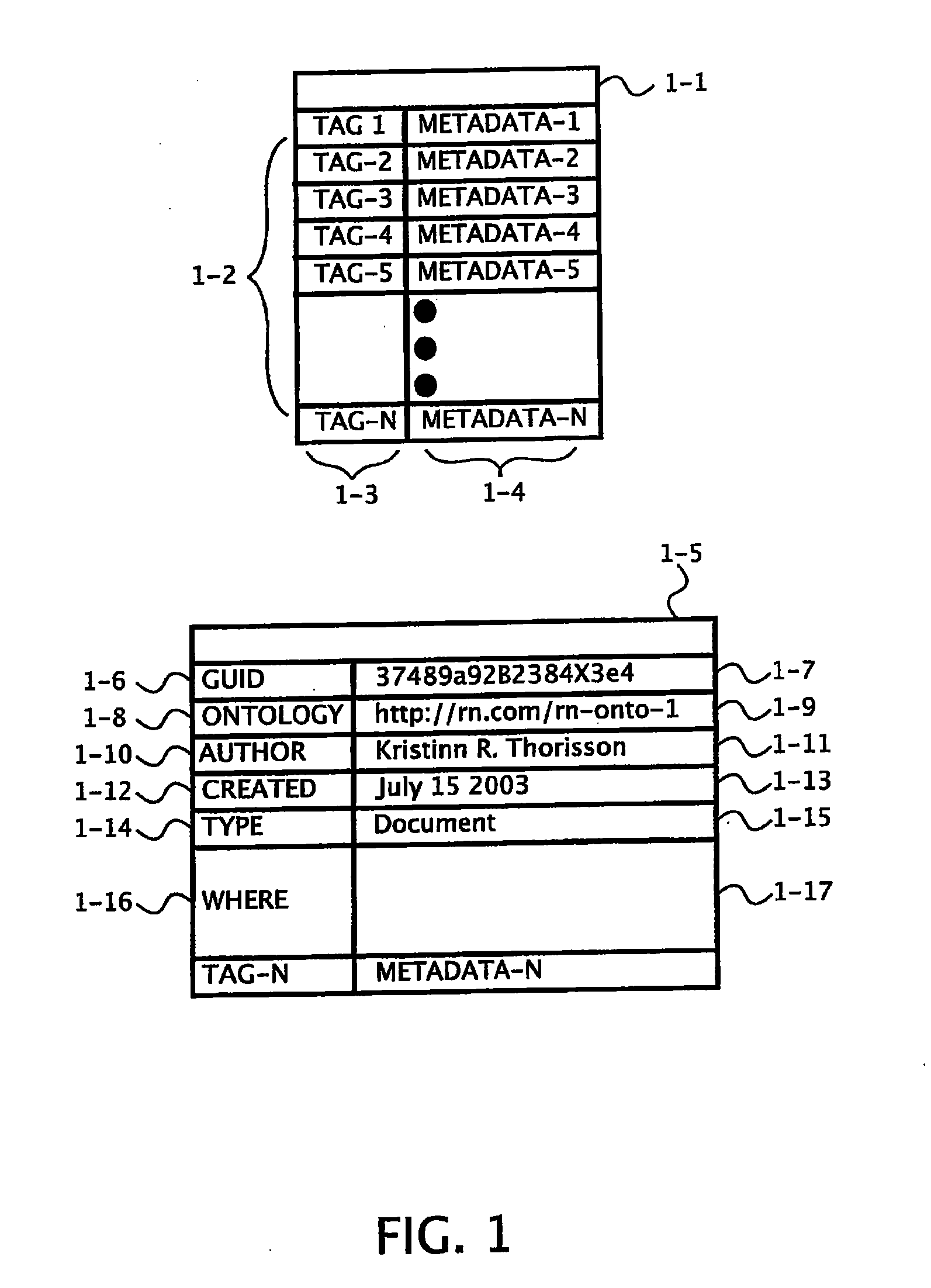Semantically representing a target entity using a semantic object
a target entity and semantic object technology, applied in the field of computer software and network applications, can solve the problems of information overload, no tool for connecting, managing and sharing information in a unified way, and serious problems for many computer users
- Summary
- Abstract
- Description
- Claims
- Application Information
AI Technical Summary
Benefits of technology
Problems solved by technology
Method used
Image
Examples
Embodiment Construction
[0050]Reference will now be made in detail to a preferred embodiment of the invention. An example of the preferred embodiment is illustrated in the accompanying drawings. While the invention will be described in conjunction with a preferred embodiment, it will be understood that it is not intended to limit the invention to one preferred embodiment. To the contrary, it is intended to cover alternatives, modifications, and equivalents as may be included within the spirit and scope of the invention as defined by the appended claims.
[0051]The present invention presents a comprehensive system for augmenting computer-mediated collaboration and communication of knowledge and information, using the concept of semcards, that can be interconnected via a particular type of semcard that functions as a semantic link, to form distributed knowledge networks.
[0052]A semcard is a semantic software object that contains slots with semantic tags, and content, all of which can be represented semanticall...
PUM
 Login to View More
Login to View More Abstract
Description
Claims
Application Information
 Login to View More
Login to View More - R&D
- Intellectual Property
- Life Sciences
- Materials
- Tech Scout
- Unparalleled Data Quality
- Higher Quality Content
- 60% Fewer Hallucinations
Browse by: Latest US Patents, China's latest patents, Technical Efficacy Thesaurus, Application Domain, Technology Topic, Popular Technical Reports.
© 2025 PatSnap. All rights reserved.Legal|Privacy policy|Modern Slavery Act Transparency Statement|Sitemap|About US| Contact US: help@patsnap.com



